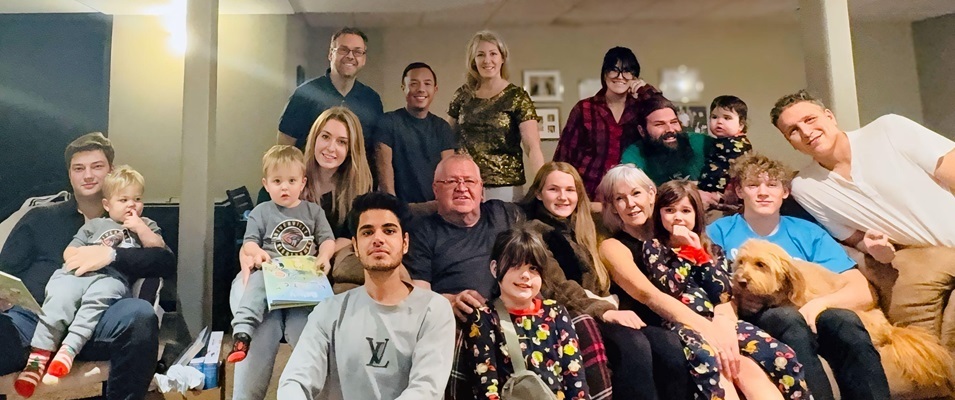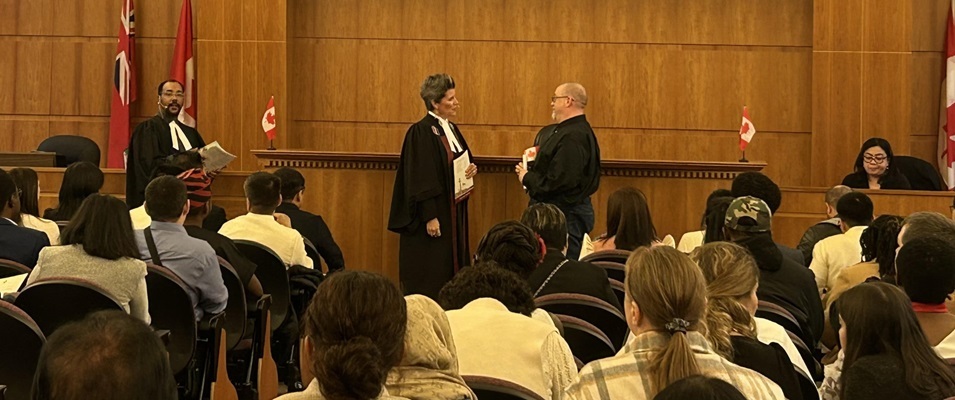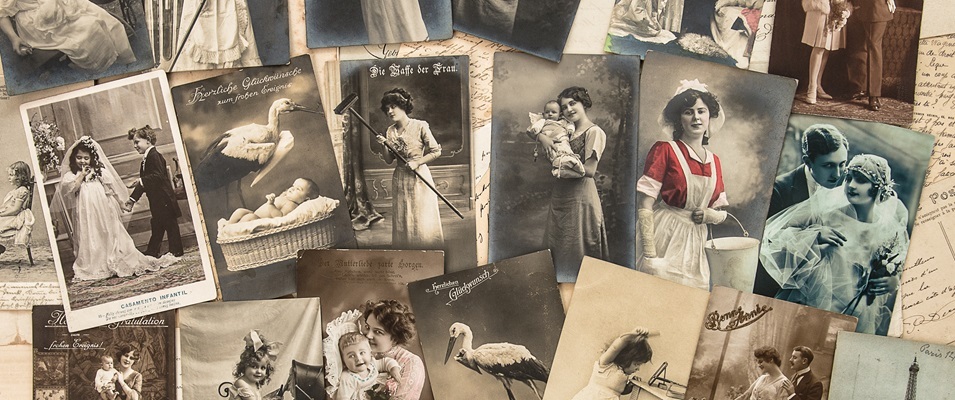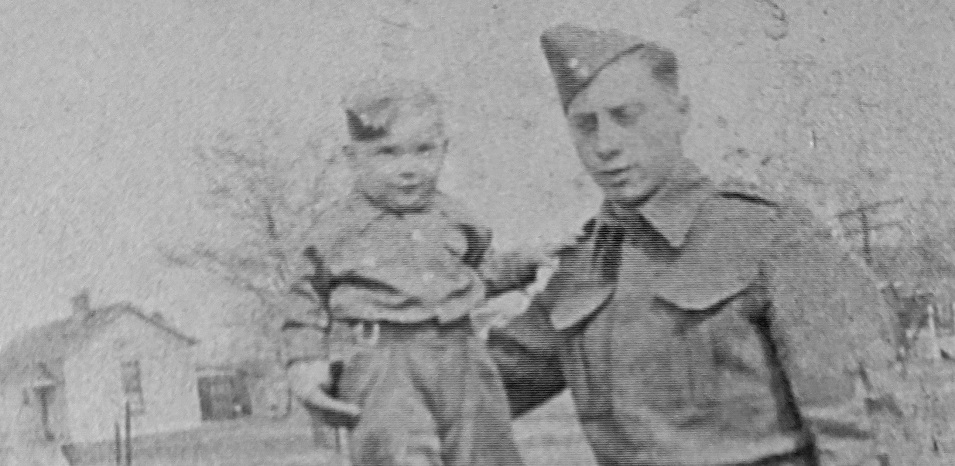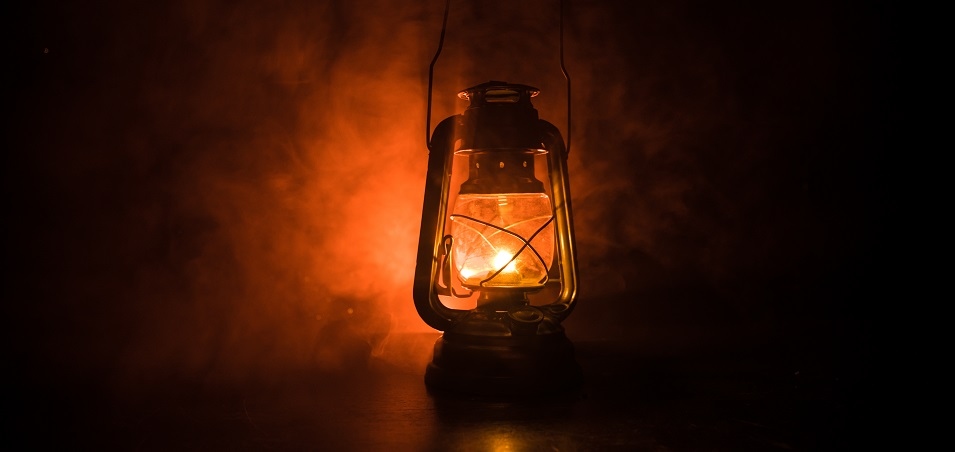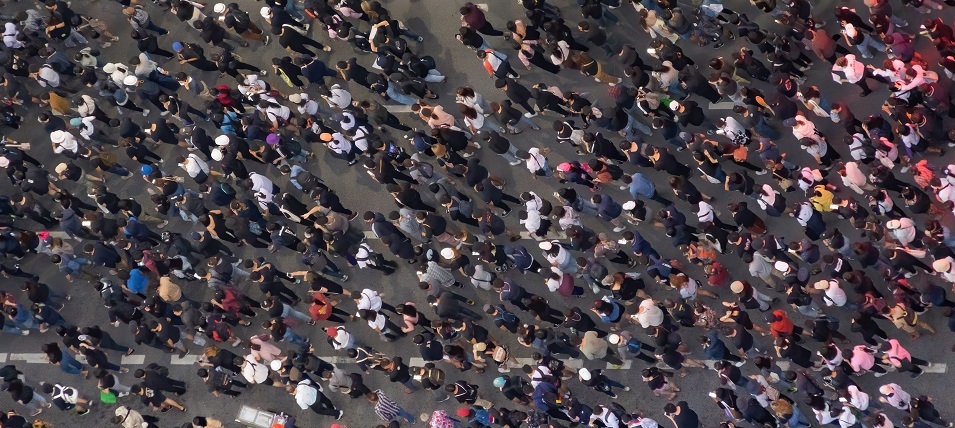
On January 6, many of us were glued to the news as we witnessed history being made—and not the good kind. Most readers will be aware of the events that occurred in Washington DC as far-right protestors (rioters) entered the U.S. Capitol by force. Windows were smashed, belongings stolen, and a symbol of American democracy was, by most accounts, tarnished. People were injured, and a few died.
It was a shocking display, and surely everyone watching realized they were witnessing something that would fill future history books. For some, it was disheartening, as the new year had seemed to bring a sense of hopeful anticipation.
So much for the misery of 2020 being well and truly behind us…
The events of the US Capitol riots were shocking, it’s true. The arrests and criminal charges against many of the rioters have been less shocking. After all, these people entered, stole, and destroyed federal property.
However, many rioters claimed that they hadn’t intended to do violence. They claimed that they were normally very peaceful, and that these actions were not reflective of their characters.
For some, these claims are clearly disingenuous. Some had a clear history of violent behaviour, for example. And of course why would you wear body armor and carry zip ties if you intended to be peaceful?
For others, though, there was no history of violence. These were gainfully employed members of their communities, with no criminal records, who nonetheless participated in the violent and destructive actions of the day.
How can otherwise peaceful people take such actions? Why would people act in ways that so obviously incriminate themselves? Who takes selfies while committing federal crimes?
In order to understand these behaviours, we can look to two psychological factors: the impact of anger on people’s decision-making and the psychology of mob behaviour. Both are well researched and can provide insights not only into the events of January 6 but also our own behaviours—and perhaps help us to avoid similar pitfalls.
How Anger Affects Decision-Making
I’ve written in previous articles about how critical thinking and problem-solving occur in the prefrontal cortex. This is the seat of intellect in our brains. The prefrontal cortex is responsible for all sorts of higher functions, most of which come together to produce behaviours that are rational, socially responsible, and reasonably explainable. When we are at our best, we make decisions using our prefrontal cortex.
However, we aren’t always logical. We are humans, after all, not Vulcans from Star Trek. Certain events have the ability to activate our emotions, and sometimes those emotions cause an event called flooding, when we are overwhelmed with fear, hurt, panic, or anger. When we are flooded, our prefrontal cortex takes a back seat to other parts of the brain.
One of these parts is the amygdala, which is largely responsible for our threat response. The amygdala helps us to react quickly in the face of danger and is one of the oldest parts of our brain. When a sabre-toothed tiger attacks, we don’t need to think rationally; we need to live. Such a response fills us with the adrenaline and anger we need to get out alive.
If you’ve ever had an unproductive and hurtful argument with your partner, or if you’ve seen a normally calm and decent person overwhelmed with road rage, you have witnessed a flooding event
It also helps to explain the actions of the people in the Capitol Riots. Flooded with strong emotion, they made decisions they wouldn’t normally make—such as filming themselves breaking the law—and in the moment it all may have seemed rational.
Mob Psychology
Mob psychology is the study of collective behaviour and how it may be different from how individuals normally behave on their own. This has been an area of interest for social psychologists for more than a century.
Flooding may help explain what happened to the rioters individually, but it cannot explain how being in a group sometimes causes individuals to make the switch from rational to emotional, from critical thinking to mob mentality.
Several theories exist to explain why certain types of crowds can turn to mob violence. Some psychologists suggest that crowds allow us to feel anonymous, thereby inspiring “consequence-free” behaviour. Sigmund Freud famously suggested that people in crowds sometimes get swept up or overwhelmed by the emotions of the others around them.
However, one of the most compelling theories is convergence theory. Convergence theory suggests that individuals in a crowd who turn to violence are not simply being overwhelmed by the strong negative emotions of others—rather, the individuals bring their negative emotions and intentions with them. When their own desires join with the desires of the group, it creates feelings of reinforcement that inspire collective action.
As a result, when a charismatic individual who has a crowd’s respect and attention decides to give the crowd a directive… it becomes very easy for that crowd to move, as one, to take violent action against their government.
It’s relatively easy, of course, not to get caught up in a riot. Most of us have managed to avoid it our entire lives, and applying critical thinking can help us before we ever find ourselves in that kind of situation.
It’s much more difficult to prevent our anger from flooding us, thus suppressing the prefrontal cortex and letting our amygdala drive our decision-making.
Fortunately, many resources exist to point us in the right direction. Counselling, psychotherapy, and meditation are all proven methods of reducing anger and emotional flooding and improving our emotional resilience.
As the saying goes, anger is a fine tool but a poor master. We can protect ourselves from being mastered by anger and faulty reasoning by: learning to control our anger, using critical thinking to avoid getting involved with potentially dangerous groups, and taking steps to improve our emotional resilience.
If it helps, think of it as intellectual vaccination, protecting us from being infected and harming others. And, if you’re smart enough, preventing us from posing for photos while committing federal crimes.





